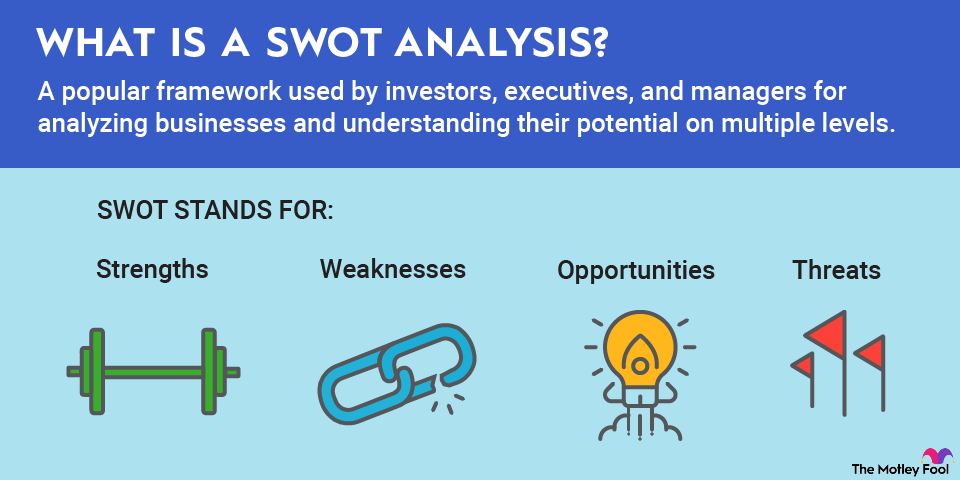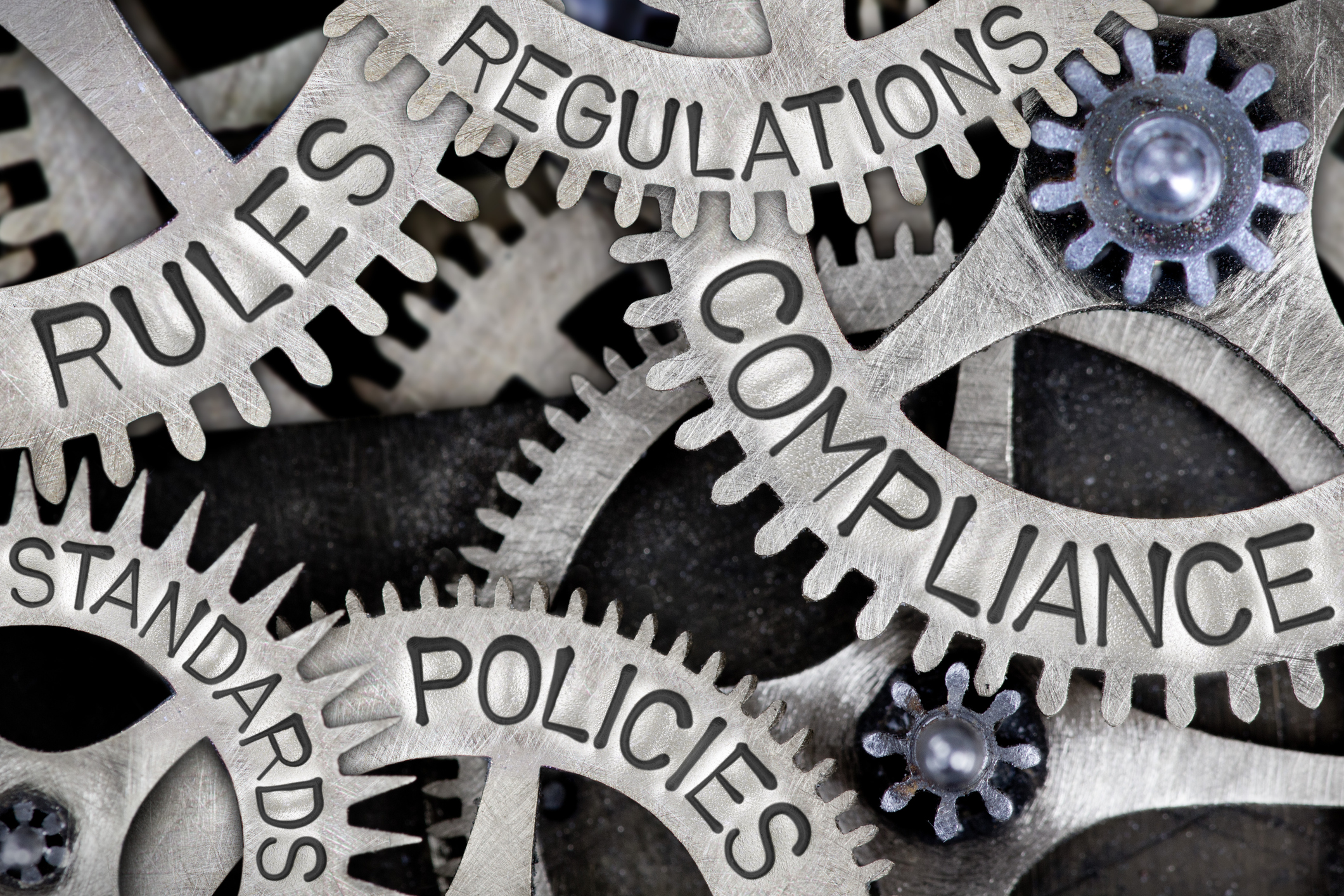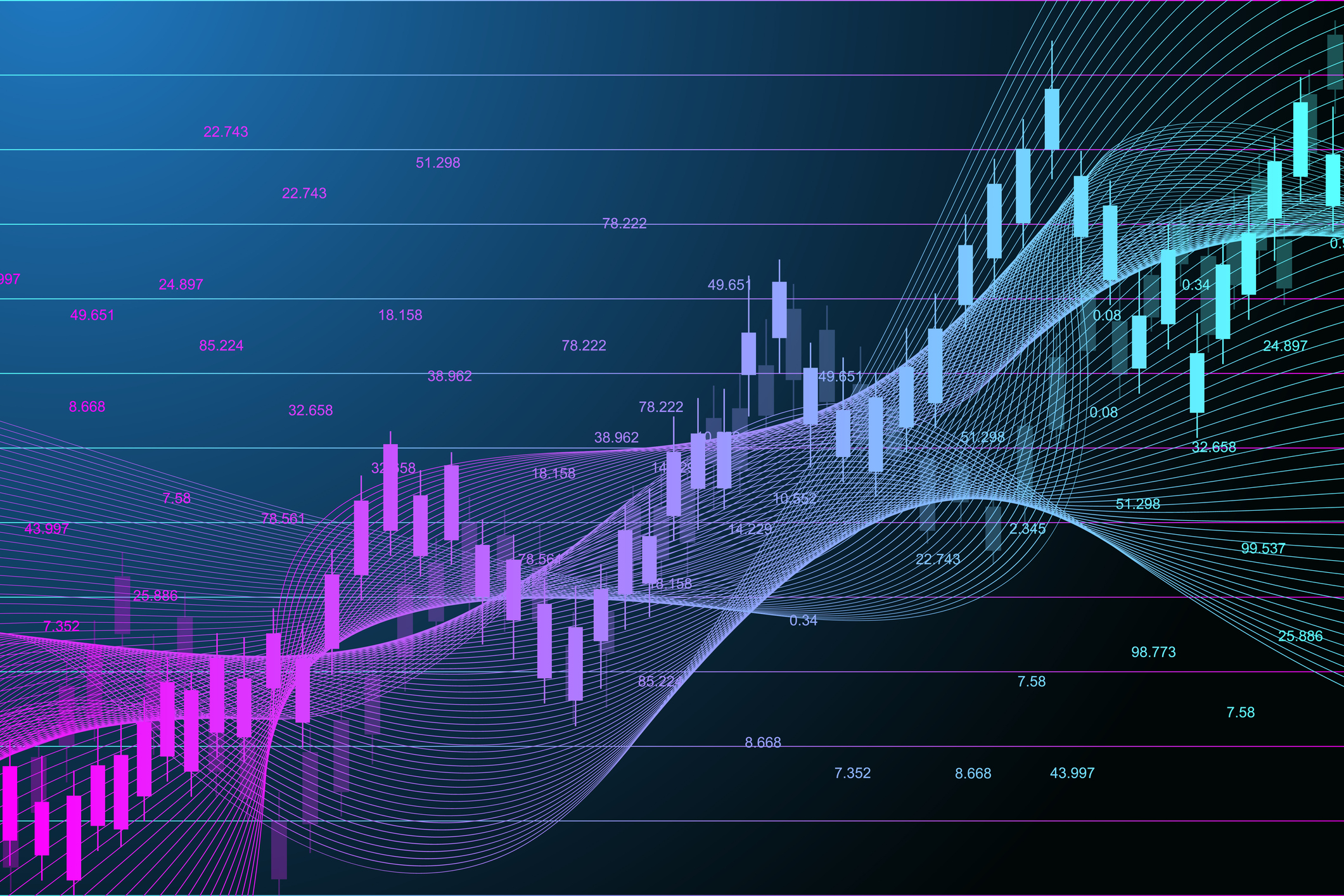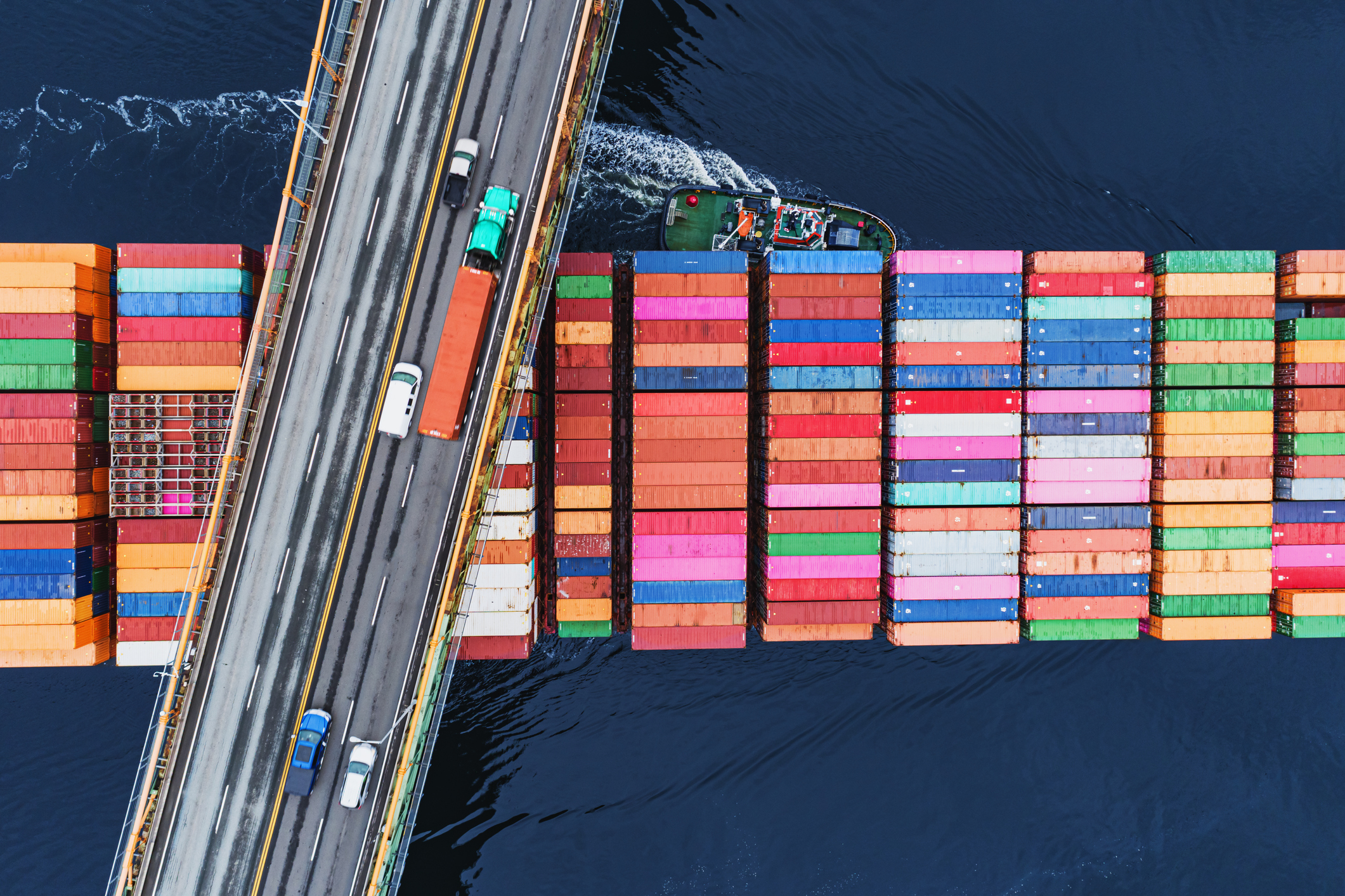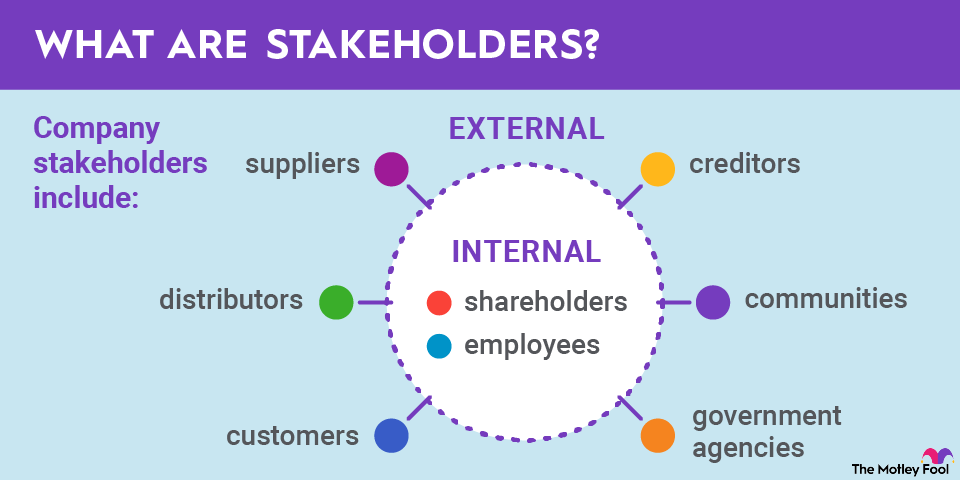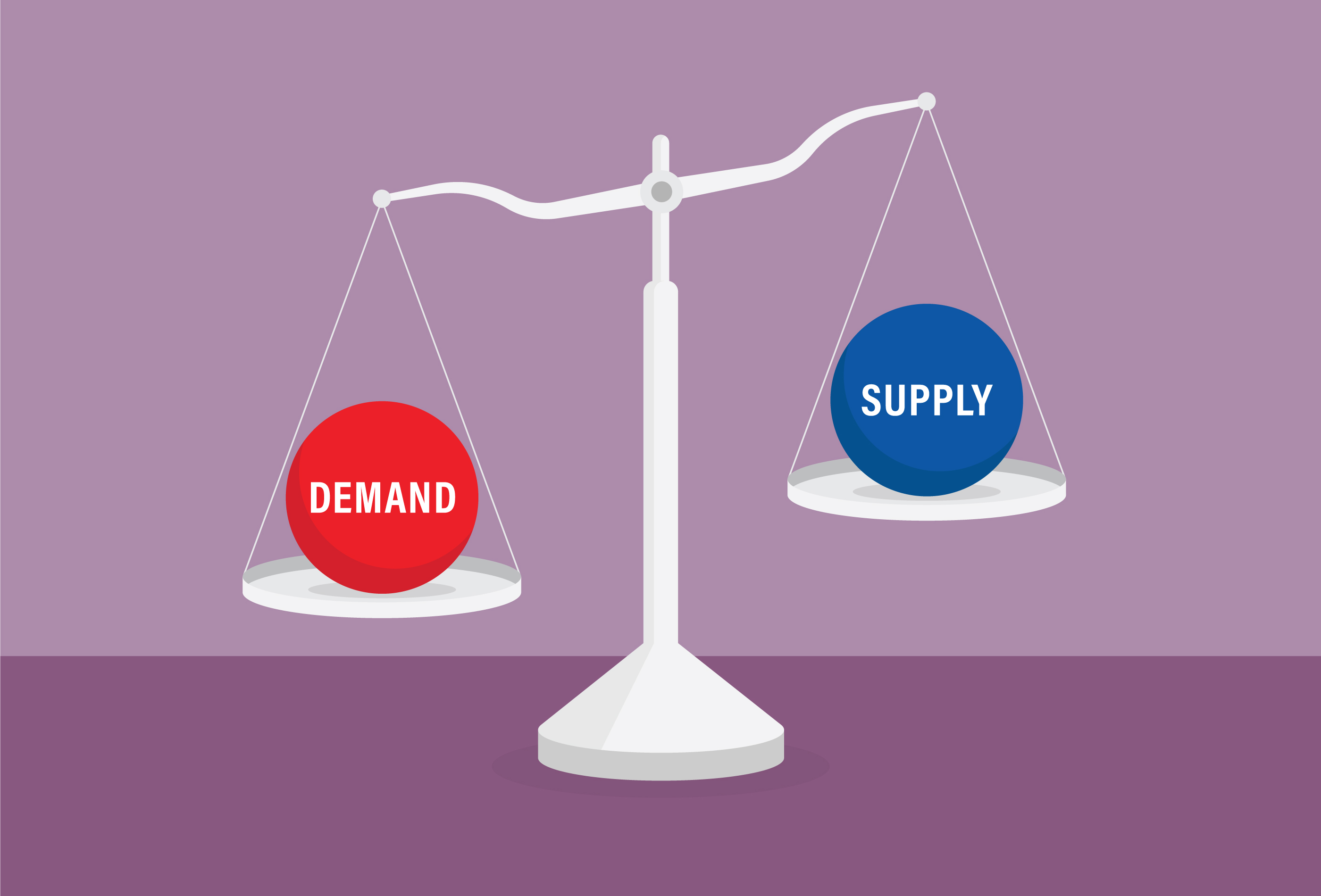We hear a lot about unemployment in the news, especially when monthly numbers come out, but most of what we get is a very limited look at shorter-term unemployment. One type of unemployment, structural unemployment, can be an indicator of more serious systemic issues in an economy.

What is structural unemployment?
Structural unemployment is a condition in which jobs are lost due to fundamental shifts in an economy. It's much longer-lasting than other types of unemployment, sometimes lasting decades. Factors such as technological developments and government policies can increase or prolong structural unemployment.
It occurs when a worker's skills are mismatched with the jobs available to them. This might mean that jobs for a particular skill set are limited everywhere due to high unemployment in the industry or that there are plenty of jobs but that they're not located anywhere near the people with the skill sets to fill them, such as when a large company closes in one location and relocates across the country.
Causes of structural unemployment
There are three major causes of structural unemployment:
- Technological changes. When technology changes, it can alter the necessary skill sets of workers or completely eliminate entire skill sets. This forces people with specialized training to either retrain or start over at lower-level jobs, which may be difficult to transition into.
- Competition. Globalization is often the cause of structural unemployment, as companies may find they can fill jobs requiring specific skills in less-expensive parts of the world. This has been an ongoing issue for American factory jobs for decades.
- Governmental policy. Government policy can also be to blame for structural unemployment when too much is changed too quickly. For example, if a government suddenly requires significant pay increases or safety equipment that was never needed before, industries may respond by laying off workers permanently to cut costs. Other types of regulations have other knock-on effects when it comes to structural unemployment.
Structural unemployment can also be the result of an undereducated workforce that's unable to transition as needed skills change. Both workers and employers should be trying to keep the workforce's skill set as up-to-date as possible to accommodate the inevitable shifts that come with industrialization.
Structural unemployment versus other types of unemployment
Structural unemployment is the most difficult type of unemployment to overcome, but it's far from the only type of unemployment. Here are the other major types, along with how they differ from structural unemployment:
- Cyclical unemployment. This type of unemployment is caused by many of the same factors as structural unemployment, but it tends to last a lot less time and follow economic cycles, rather than just being omnipresent.
- Seasonal unemployment. Seasonal unemployment is often caused by jobs simply not existing all year long. For example, construction workers or tax preparers may experience seasonal unemployment in their main areas of expertise. It's considered a type of voluntary unemployment, as the worker presumably knows that they may be out of work part of the year.
- Frictional unemployment. In frictional unemployment, the unemployment tends to be voluntary. This happens when people leave their jobs to return to school or to take over caregiving roles within their families. They may continue to seek employment in a lesser capacity or return to their old roles when their non-work-related obligations are met.
Most types of unemployment can be absorbed by normal economic activity. However, structural unemployment is the most difficult form to reabsorb into the workforce due to a mismatch of skills between employees and the employers who need workers.
Why structural unemployment matters to investors
Investors should always be aware of unemployment, especially when investing in companies that manufacture or sell products to the public. When unemployment is severe, people may buy less, which can impact the profitability of all sorts of companies, from retailers to service industries.
Structural unemployment, though, is one to keep an eye on for this reason: If there is increasing structural unemployment and it reaches levels that start to affect local economies, it may spread outward and begin to drag down more areas.
Ultimately, structural unemployment can cause companies to cut even more staff, which could result in further structural unemployment and exacerbate the issue, causing it to snowball. If you notice that structural unemployment is growing to unacceptable levels, it could be a signal to reassess your risky investments and consider buying in safer harbors.
Related investing topics
Choosing companies that offer things consumers must have to survive (such as food staples), companies that provide luxury goods (which are often unaffected by unemployment rates), or those that specifically market to lower-income Americans, is often the right move in times of high structural unemployment.
Because structural unemployment can last for years or decades, until workers are properly trained for the jobs available to them or new jobs move in that they can do without a lot of new training, any investing you do during these periods should be done with a long-term investing horizon in mind.


